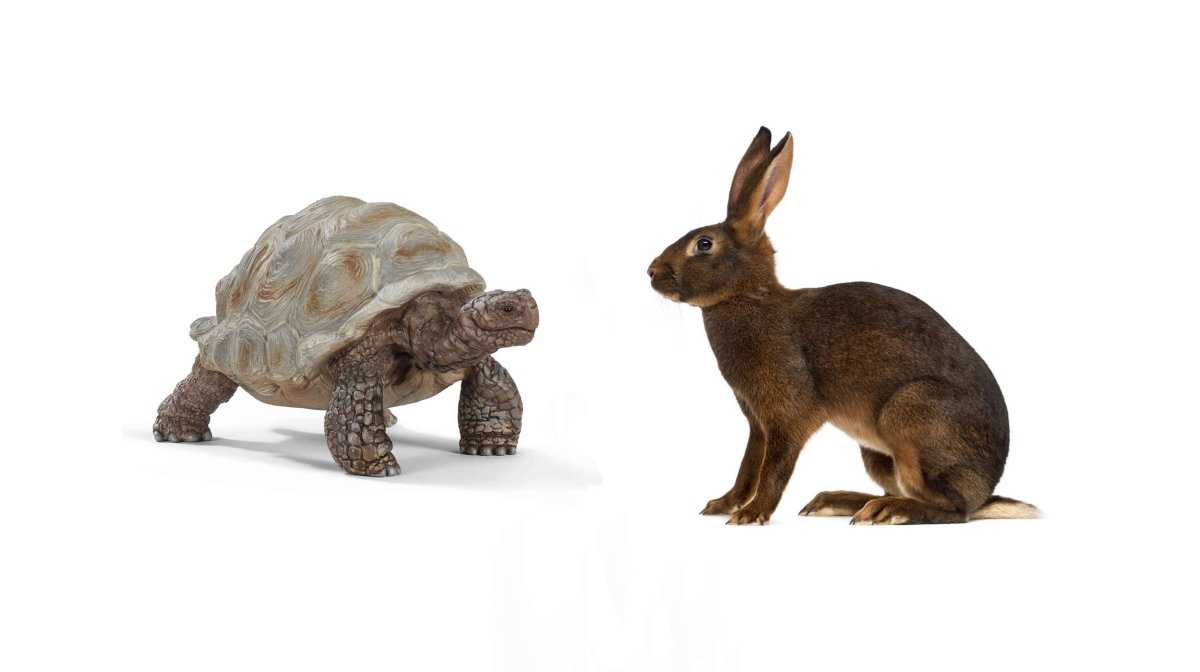When it comes to living a more sustainable lifestyle, we’re quick to ditch disposable plastics, consider eating less animal products, and favor recycling, but what about rethinking the way we buy clothes?
Let’s face it– the fashion industry leaves a significant carbon footprint! In 2018 alone, it produced 2.1 billion metric tons of greenhouse-gas (GHG) emissions, about 4 percent of the global total.
Over the last few decades, the demand for affordable clothing paired with an increasingly rapid cycle of trends has normalized the linear fashion model of buying, wearing, and quickly throwing away clothes.
What is fast fashion?

Fast fashion is “cheaply produced and priced garments that copy the latest catwalk styles and get pumped quickly through stores in order to maximize on current trends.”
Here’s a closer look at the environmental, economic, and social implications of fast fashion by the numbers.
Environmental impact:

- One garbage truck of clothes is burned or sent to landfills every second.
- It takes 2,700 liters of water to make one cotton shirt, enough to meet the average person’s drinking needs for 2.5 years.
Economical impact:
- In the last 15 years, clothing production has approximately doubled.
- The annual value of clothing discarded prematurely is more than $400 billion.
Social impact:
- Fast fashion disempowers women. 75 million people are making our clothes today. 80% is made by women who are only 18 – 24 years old.
- A 2018 U.S. Department of Labor report found evidence of forced and child labor in the fashion industry in Argentina, Bangladesh, Brazil, China, India, Indonesia, Philippines, Turkey, Vietnam and other countries.
As a consumer, you can make an impact by refusing to buy fast fashion from companies who make billions of dollars through pollution and exploitation.
Here’s how you can identify fast fashion so you can start voting with your dollar!
Cost, quality and construction

Low price points are a big clue. Think about the true cost of every new garment you buy – the average garment worker makes only $3 per day!
Check the tag for synthetic material content. Synthetic fabrics like polyester are much cheaper to produce than natural materials like cotton.
Fast fashion is poorly constructed because it’s made to last a single season. Watch out for imperfections like loose threads, uneven stitching, and uneven seams or hems.
Be critical of companies

Always examine the companies you buy from, because many hide behind eco-friendly marketing while continuing unethical practices – AKA green-washing.
Watch out for companies that:
- Frequently release new styles or collections. The number of fashion seasons has increased from two a year (spring/summer + fall/winter) to as many as 50-100 microseasons.
- Always have some sort of sale happening to make room for new styles.
- Say they have sustainable practices, but shift focus or don’t disclose when asked to provide evidence.
Now, let’s talk about solutions!
What is slow fashion?
Slow fashion takes a stand against “excessive production, overcomplicated supply chains, and mindless consumption” by focusing on high quality, long lasting clothes to avoid creating more waste.
The benefits of slow fashion are numerous!
- Less raw materials needed = less pollution
- Less new clothing bought = less clothing in landfills
- Your money goes further with cost-per-wear
- Your money supports ethical practices by paying living wages to workers
- Supporting sustainable companies moves the industry towards change
How can you identify slow fashion?
When it comes to identifying slow fashion, just re-read the fast fashion section and reverse it!
- Cost is higher to reflect high-quality clothing ethically made to last longer.
- Search for high quality, ethically and sustainably sourced natural fabrics such as cotton, linen, hemp, bamboo or wool, as well as recycled synthetic textiles.
- Styles are timeless and versatile to increase each clothing’s mileage.
- Construction is sturdy, and well-made. Look for tight stitching, reinforced seams, and high-quality fastenings.
- Sustainable companies are transparent with their practice, with some being achieving Certified B Corp status. They often produce fewer collections and might have a core collection of items they’re known for.
Looking for an example of a sustainable, eco-friendly slow fashion company?
Caroquilla was made with slow fashion in mind!

From the start, our goal was to develop a product and establish practices that are as sustainable as possible.
Not only that, but we designed our garments with your comfort in mind. Our organic bamboo fabric is ultra-soft on your skin, breathable, and highly durable. Our undies are also well-fitting and come in neutral colors, made to last for years to come!
With these statistics and comparison in mind, it’s easy to see how fast fashion contributes to overconsumption, and how slow fashion is the answer to a more sustainable, ethical future.
Ready to ditch the fast fashion? Keep these tips in mind, and remember every action counts – simply being aware of the effects of fast fashion is a step in the right direction!


Leave a comment